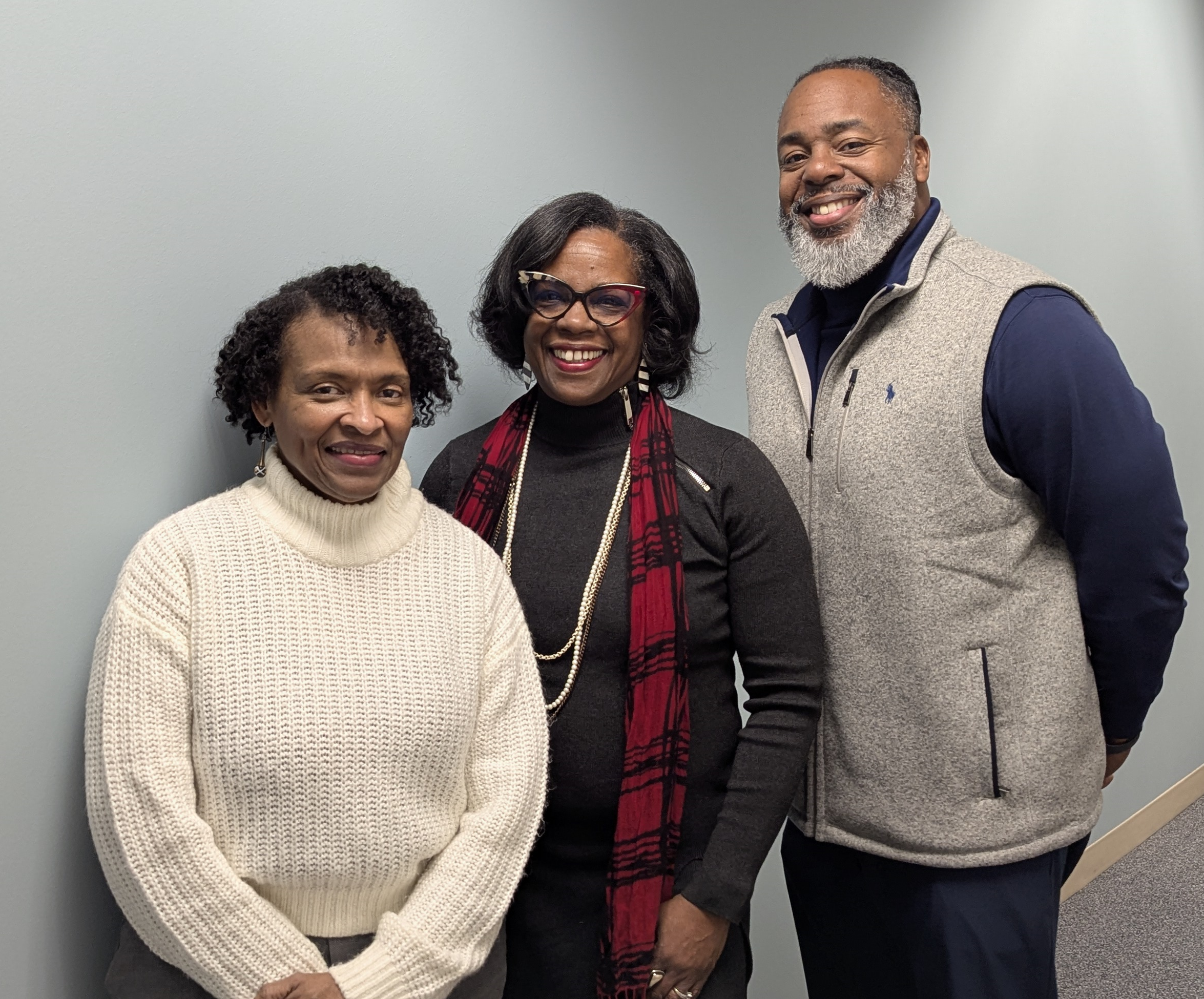
Recovering lost stories and the history of the Malone Community Center and the neighborhood it has supported since 1932 is the goal of a digitization project that received $235,196 in grant funding from the Council on Library and Information Resources (CLIR) and Andrew W. Mellon Foundation. The University of Nebraska–Lincoln Libraries and the Malone Community Center will embark on a three-year collaborative project titled Recovering Lost Stories: Digitizing the History of the Malone Community Center, the Heartbeat of an “Invisible” Black Community in Lincoln, Nebraska. They will prepare, digitize and provide community and worldwide access to more than 6,000 unique, historically significant documents and artifacts of the Malone Center.
“CLIR is looking to amplify the voices of historically marginalized, unseen, and hidden populations with the goal of helping their voices to be heard and making their histories and contributions public,” said Charlene Maxey-Harris, associate dean of libraries and a coleader of the project.
“The archive contains scrapbooks, event programs, reports of the neighborhood stabilization, letters between the Malone Community Center and the university chancellors, and much more,” Maxey-Harris said.
According to Lorna Dawes, another project coleader and associate professor and social science teaching librarian at UNL, the strength of the project lies in the collaboration between UNL and the Malone community: the Libraries guide and assist the community organization in managing its archives but does not own it. The Malone Center still owns the collection and manages its materials.
“CLIR was impressed with this project because of the community focus, Charlene’s connection, and the story,” explained Dawes.
Maxey-Harris serves on the board of directors for the Malone Center, and she has had a longtime dream of making the history of the Malone community visible to new generations of African American youth. She and Dawes began cultivating the seeds for this project in 2021–22 when they received a Layman Awards grant from the Office of Research and Economic Development to explore the social and economic impact of the university’s physical expansion in the Malone community neighborhood. That project explored aspects of the relationship between the university and the Malone community, which led Maxey-Harris and Dawes to plan a project to make the community’s archives accessible.
“Recovering Lost Stories is an exemplar of the evolving roles and responsibilities of research libraries, such as the University Libraries at UNL,” said Dean of Libraries Liz Lorang. “For a long time, a research library was judged primarily on the size of its collections—how many items it owned. As this new project demonstrates, stewarding information so that generations of people may encounter histories and imagine futures does not require ownership. Instead, our work is that of relationships and mutual knowledge sharing.”
Other project team members include Melanie Griffin, chair of Archives & Special Collections and lead archivist; Sarah Glover, project archives specialist; and John Weise, Digital Strategies technical specialist.
Members of the Malone Center attached to the project are John Goodwin, director of the Malone Community Center; Tyrina Webster, Malone project manager; and a documents specialist yet to be hired. Local historian Dr. Ed Zimmer is also serving on the project.
The first year of the project involves preparing the materials for digitization and working with the Community Advisory Team (CAT), a group of eight community members with knowledge of Malone history and cultural sensitivities. The CAT will provide context for the materials as well as make decisions on what will be redacted or under restricted access.
“The community will control its own story; in fact, the community will be invited to contribute to the project, with an event planned to capture stories and oral histories, and give us the context of photos and events,” Maxey-Harris said.
“UNL is providing both physical and digital space and expertise to house the collection, and we will assist them and teach the Malone Center staff the skills needed to maintain and add to the archives and the website in the future,” explained Dawes.
The Malone Community Center just broke ground and is fundraising to construct a new building. The center also plans to hire a new staff member to work with the project team and to carry on the process of archiving materials as they are produced.
Recovering Lost Stories: Digitizing the History of the Malone Community Center, the Heartbeat of an “Invisible” Black Community in Lincoln, Nebraska is one of 18 projects funded by CLIR in a grant cycle of 166 initial applicants.